let's explore it
From Tsiolkovsky’s Balloons to Gagarin's "Let’s go"
Soviet cosmonaut Yuri Gagarin became the first human being to travel into space on April 12 in 1961. It was really an important event for that time.
Nowadays there is a national holiday on this date every year. But Gagarin did not make this feat alone. Behind him there were great scientists, who were not afraid to dream, to go against a society, which did not understand and did not support them. But the unbending spirit and loyalty to their dreams revealed to the whole world the names of such people as Konstantin Tsiolkovsky and Sergey Korolev.
Types of tourism
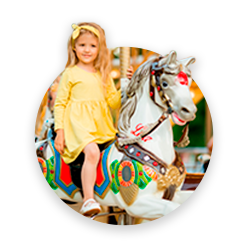
family

Excursion
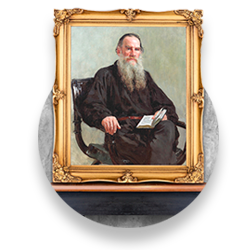
theme

Excursion

theme
Konstantin Tsiolkovsky
The Origins
On September 17, 1857, Konstantin Tsiolkovsky was born – a brilliant Russian scientist, a man who stood at the origins of theoretical cosmonautics. Now it is impossible to imagine, but before Tsiolkovsky, rockets were associated with two things: fireworks and war. The scientist first suggested looking at them as transport, it was 1903.
In his works prototypes of orbital stations, satellites, and the process of going into outer space were described. However, his work was often ahead of his time, he did not always receive recognition, and in general, his life was full of complications.
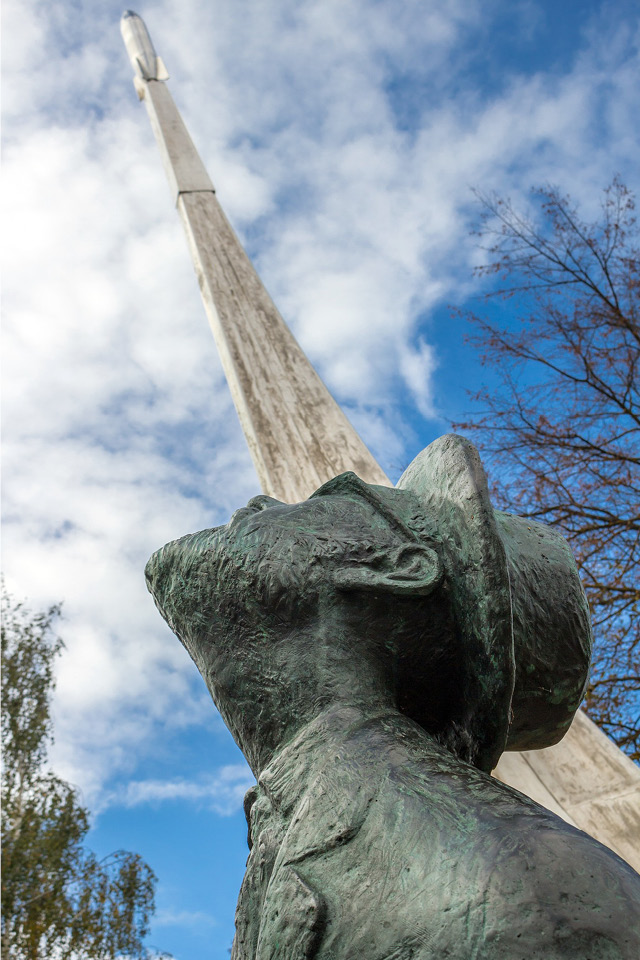
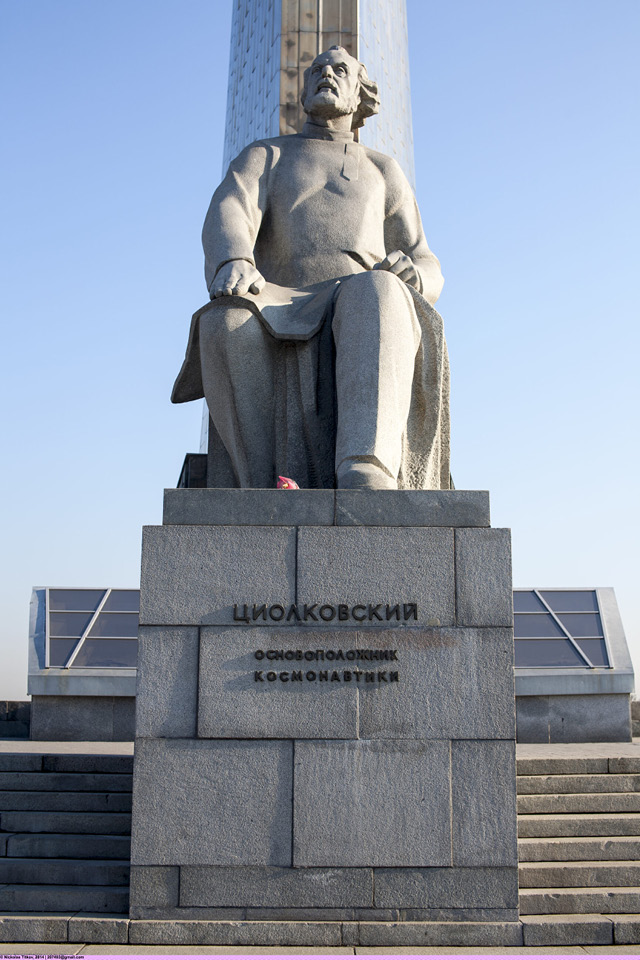

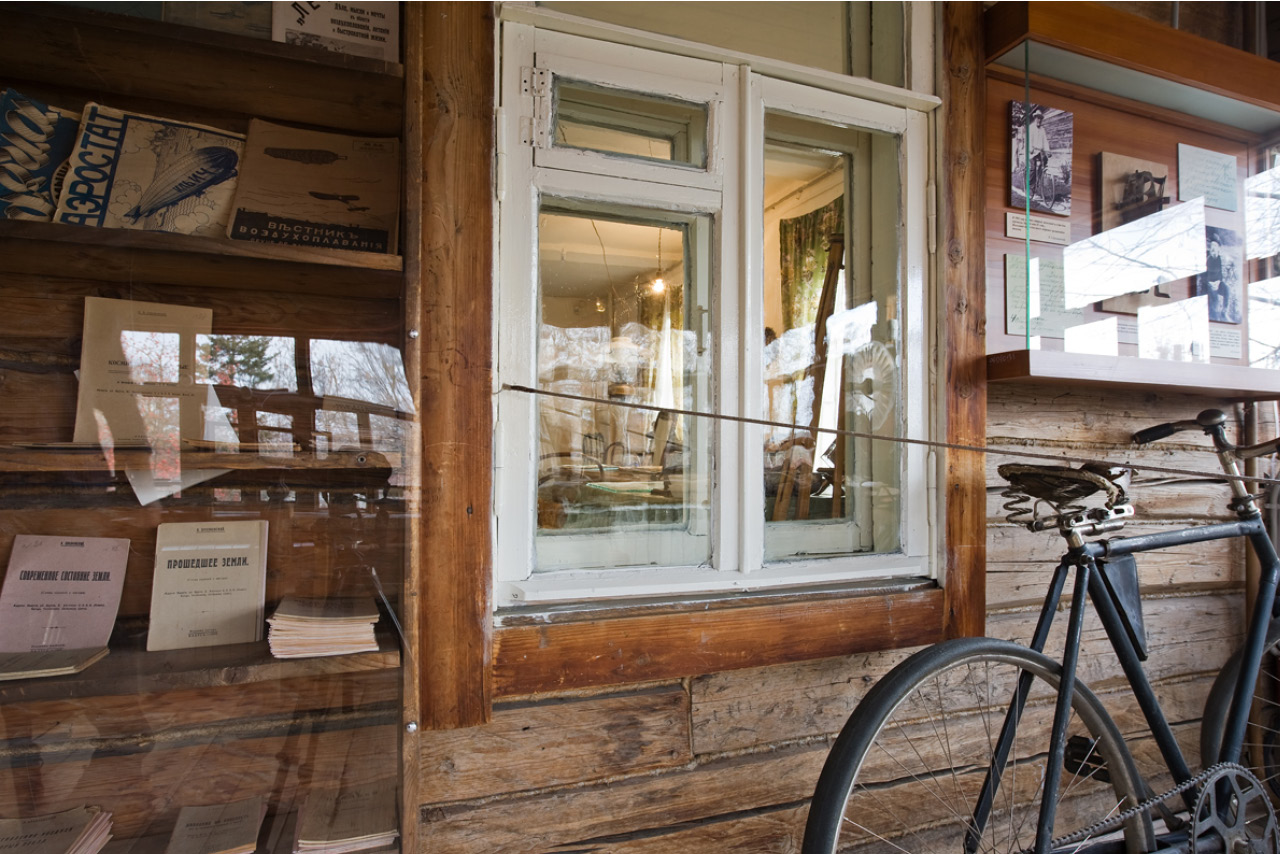

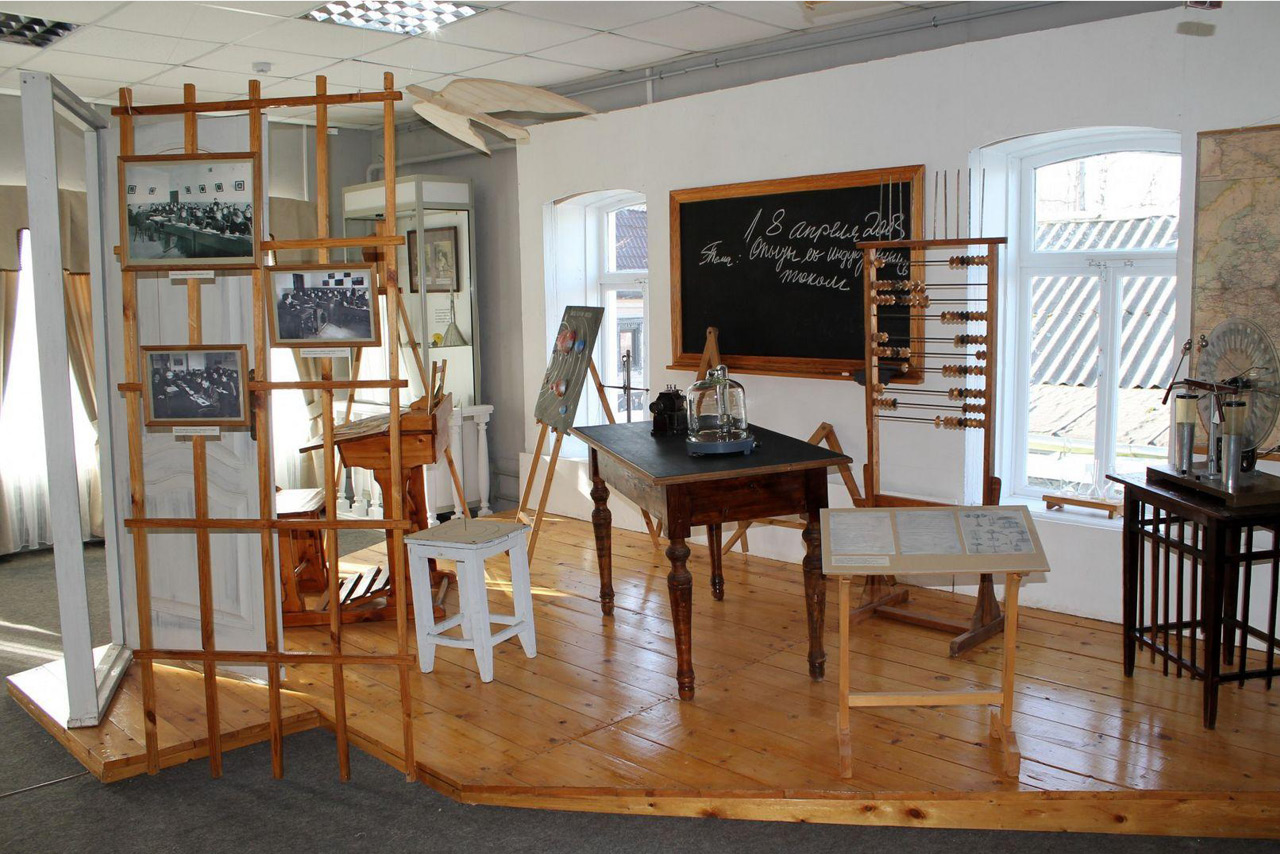
Flat in Borovsk and house in Kaluga
Tsiolkovsky’s Memorial Museums
The scientist spent most of his life in two cities in the Kaluga region – Kaluga and Borovsk. In Borovsk, Tsiolkovsky’s apartment has been preserved, where he lived with his family for 12 years, being a school teacher of arithmetic. Later he received a promotion and was sent to Kaluga, where he finally acquired his own house on the banks of the Oka. In both museums, you will hear a detailed and exciting story about the life of this great man and his contribution.
Moscow and Kaluga
Space exploration in the Soviet Union developed rapidly. New names and new discoveries appeared. And if Tsiolkovsky laid the foundation, then the brilliant scientist and designer Sergey Korolev became a key figure in space exploration.
You can learn how exactly the Soviet Union went to its first manned space flight and how the industry is developing today in the Memorial Museum of Cosmonautics, situated in Moscow or in Tsiolkovsky State Museum of the History of Cosmonautics, Kaluga.
Photos by Cosmonautic Moscow Museum https://kosmo-museum.ru/
Cosmos Pavilion in VDNH Park
An Islet of Science in the Middle of the Park

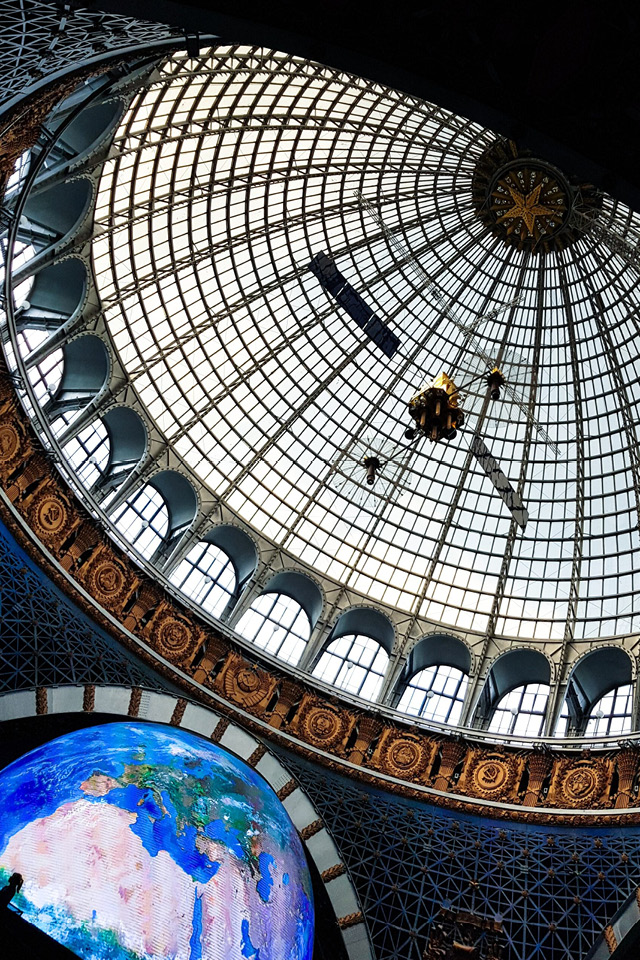
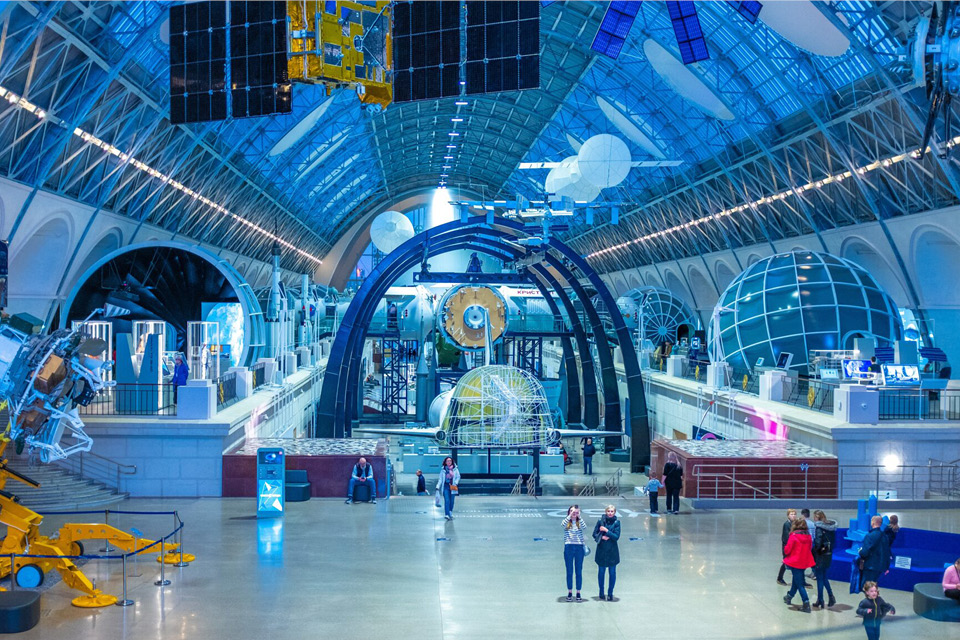
Star city
Ask a Question to the Astronaut and Try on a Spacesuit
Zvezdny Gorodok is a closed urban-type settlement 25 km from Moscow, which was completely classified until the 1990s. Most of the population of the “space” city is astronauts, scientists, employees, as well as their families and children living in the residential part of the city. On the territory of the village there is the Yuri Gagarin Cosmonaut Training Center, where up to now Russian and foreign cosmonauts train for space flights. Today, this center allows tourists but getting there is not so easy.
In addition to models of flying devices and orbital stations, you can find there truly unique objects: a hydro laboratory and a centrifuge. Centrifuges and centrifuge-based simulators are used for improving cosmonauts’ G-tolerance capabilities. The hydro laboratory is a huge pool in which the mock-ups of the orbital station modules are installed on a mobile platform. Here, in the conditions of the so-called hydro-weightlessness, the cosmonauts practice their forthcoming operations in open space.
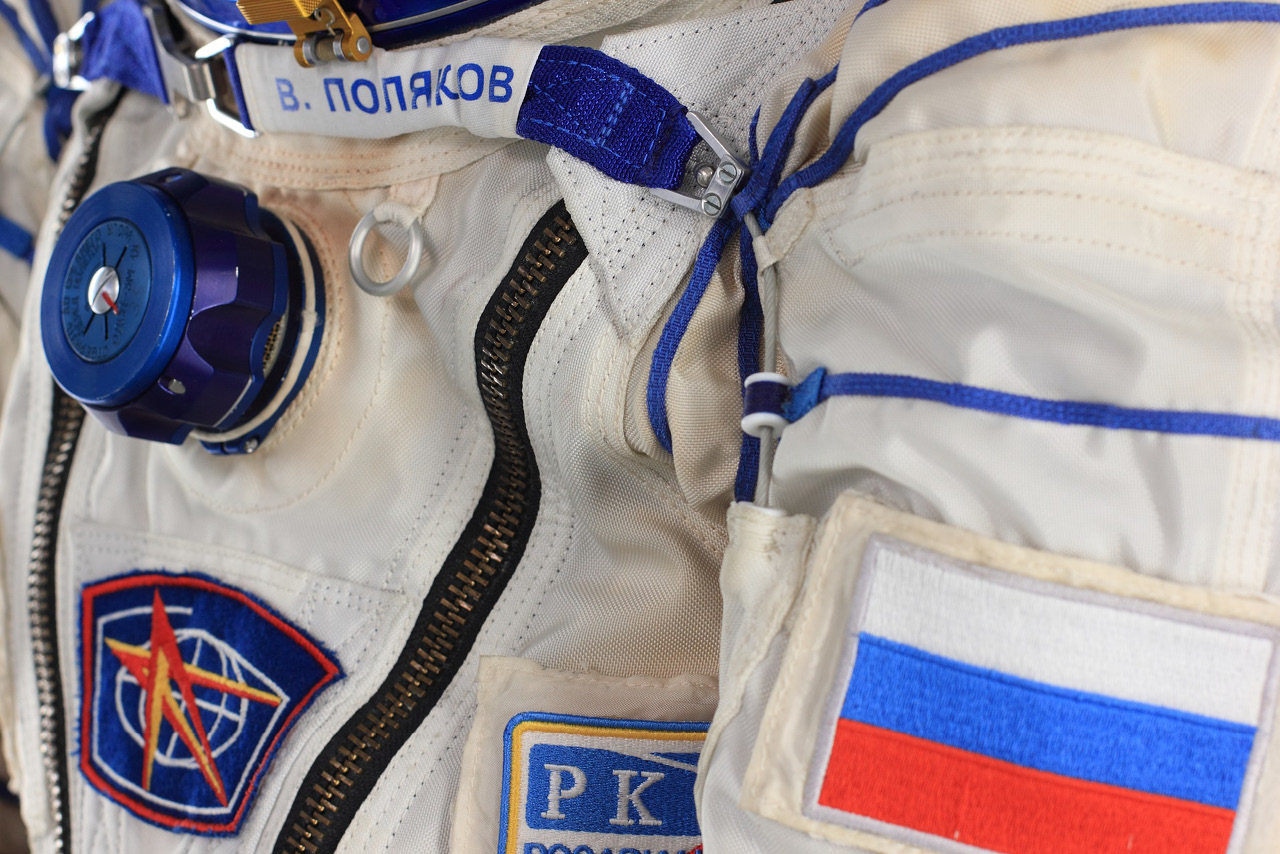
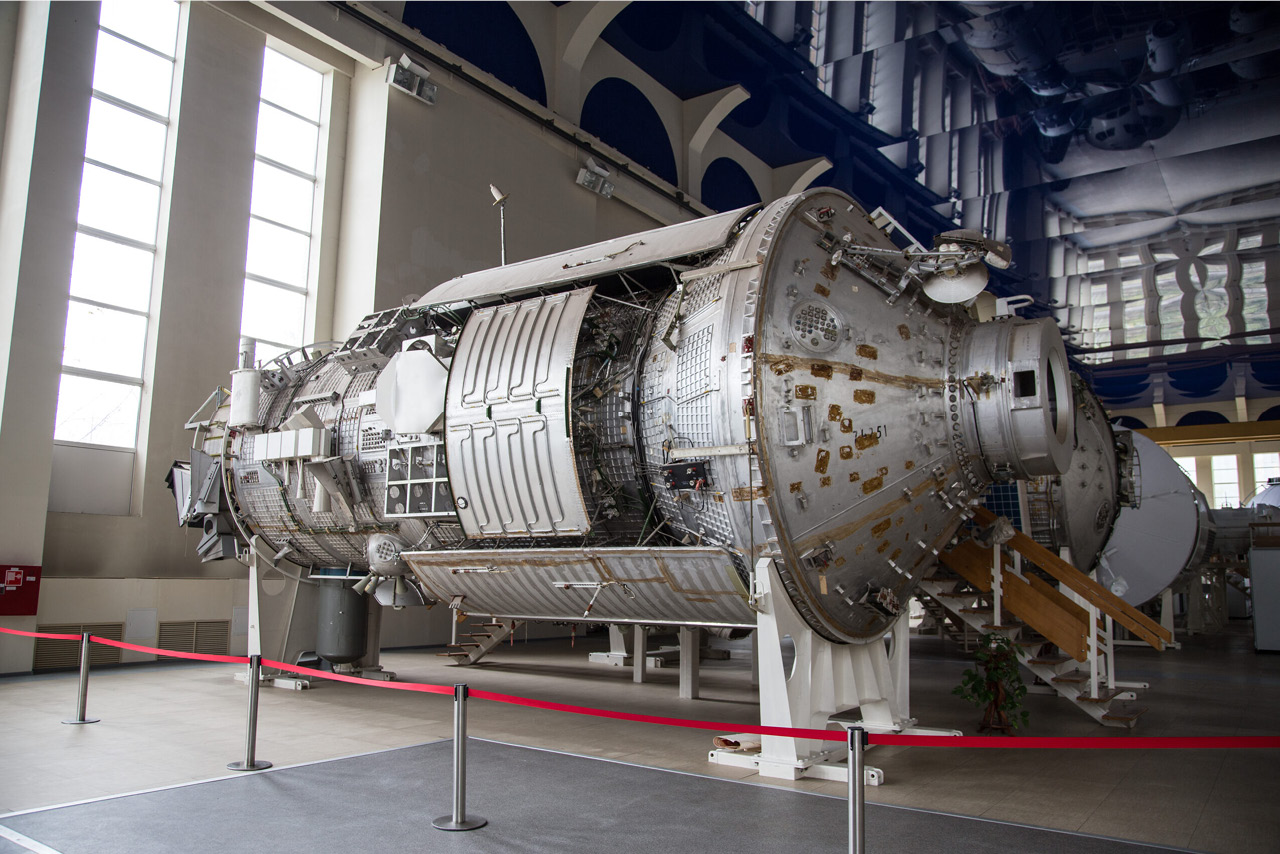

Don`t miss other destinations of the region
Check the alternatives
You may also like


